(Magny-en-Vexin, 1658- Paris, 1717)
The cabbage cutter
Oil on canvas
H. 86 cm; L. 70 cm
Jean-Baptiste Santerre began his apprenticeship in 1673, under the direction of the portrait painter François Lemaire, nephew of Jean Lemaire-Poussin, before entering the Bon Boulogne workshop, where he rubbed shoulders with young French artists such as Jean Raoux, Nicolas Bertin, or even Robert Levrac-Tournières. Very quickly, his style emerged from the Italianate influence of his master and moved towards the study of Nordic artists, Dou, Mieris, Rembrandt and especially Van Dyck, whose elegance of models, and the richness of the draped. A mention of Mercury also testifies to his attachment to the study of nature and his interest in anatomy. Few traces remain of the activity of Jean-Baptiste Santerre before 1698, the date on which he was approved by the Royal Academy. His reputation as a portraitist was undoubtedly already well established at this date, since around 1699 he produced the portraits of Boileau and Racine, which testify to his reputation in Parisian artistic cultural circles. The daughter of the Prince of Condé, the Duchess of Burgundy, as well as the Regent will also be among his models. However, Jean-Baptiste Santerre was never considered a rival by the great portrait painters of his time, Nicolas de Largillierre, Hyacinthe Rigaud or François de Troy, and it is essentially to his fantasy figures that he owes his fame. Our painting constitutes a perfect example of this type of painting, both portrait and genre image, of which Santerre made a specialty from around 1699; date of the Lady with the Veil from the Hermitage Museum. We find in our canvas the different characteristics specific to Santerre's fantasy representations, in particular the sobriety of the composition and the dark background nuanced with more or less dark browns, which tends to make the model stand out in the foreground. The physical type of the figure represented remains very close to most of his portraits, with soft features and reddened cheekbones. Sensual and languorous, this young woman captivates the viewer by making him imagine that the cuisine she is preparing is for his next dinner. Santerre produces several versions of this canvas, the variants of which are in the chosen colors, mainly on the side body of the cooker. The painter presented a version at the Salon of 1704. Is this one known from two anonymous engravings published in the following years? In any case, the version kept at the Museum of Fine Arts in Bordeaux, whose apron is blue, is strictly similar in composition, format and touch.
Our painting was seen by the Turquin firm.


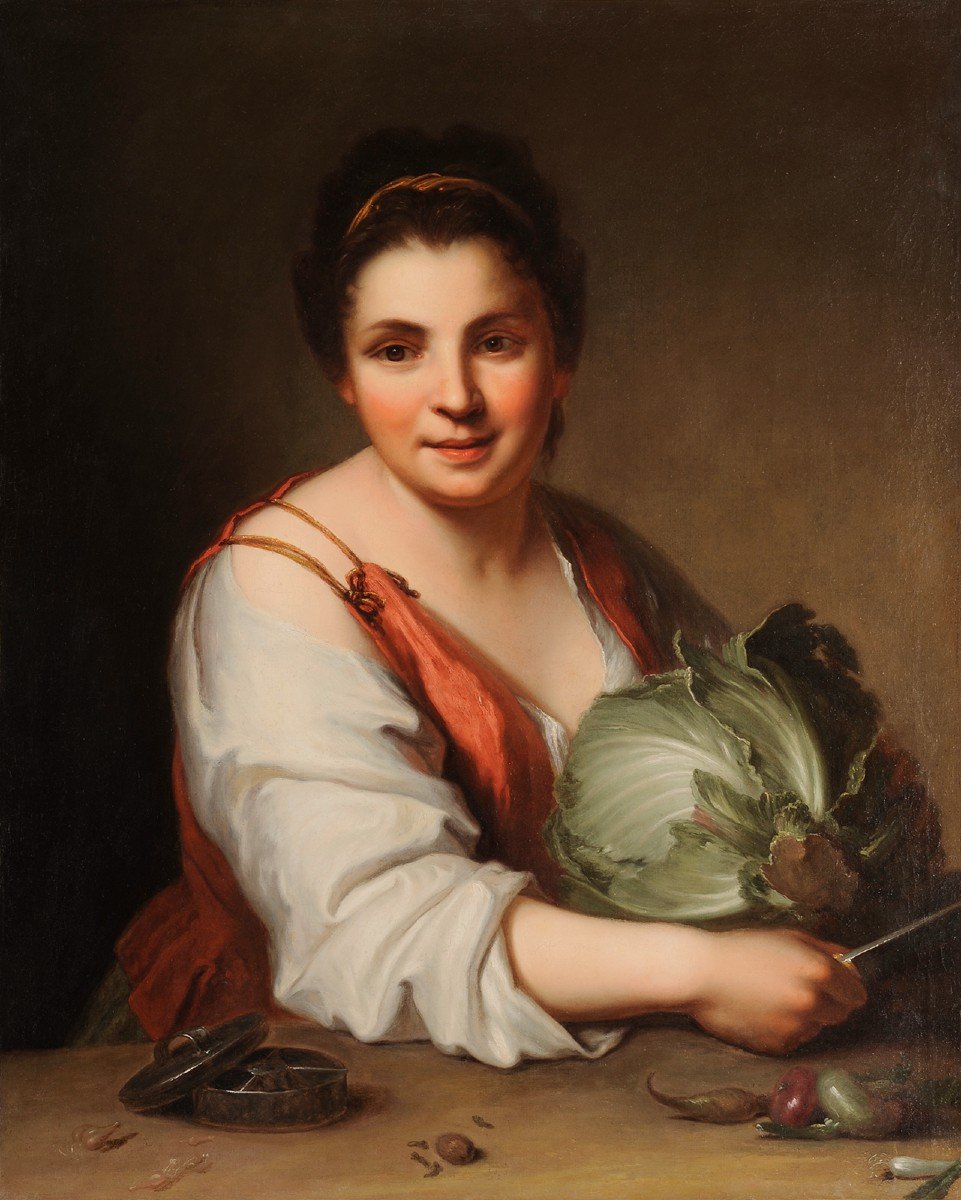














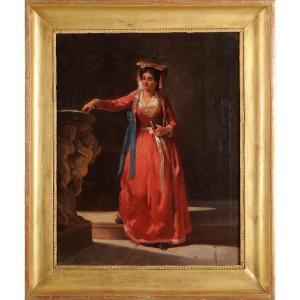
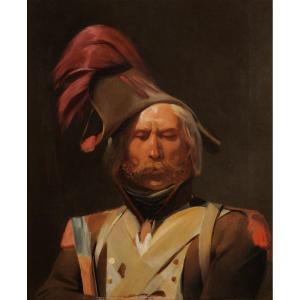
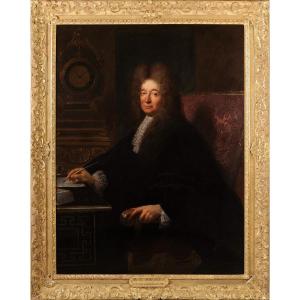

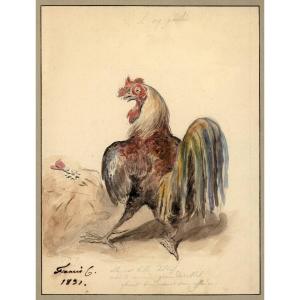
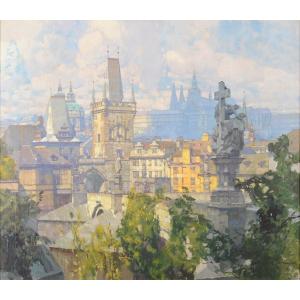


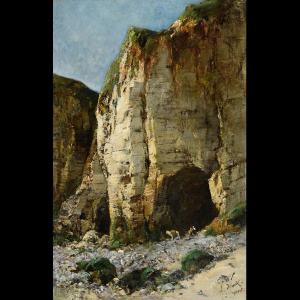



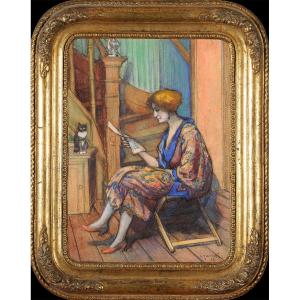
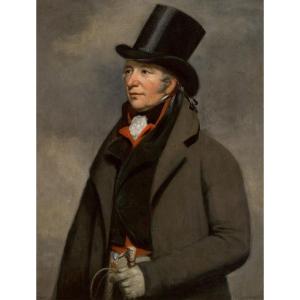
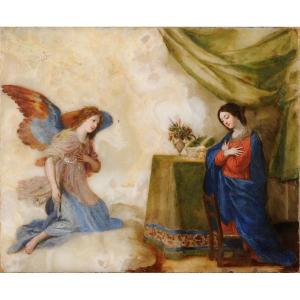




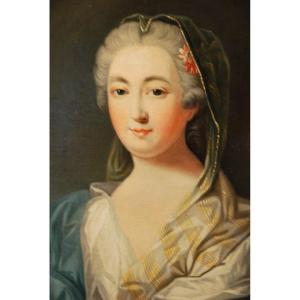



 Le Magazine de PROANTIC
Le Magazine de PROANTIC TRÉSORS Magazine
TRÉSORS Magazine Rivista Artiquariato
Rivista Artiquariato